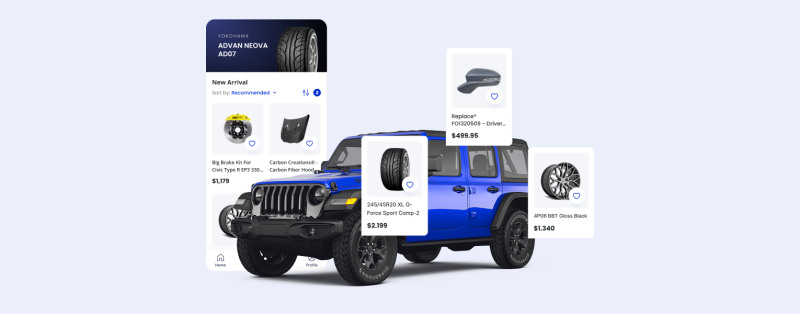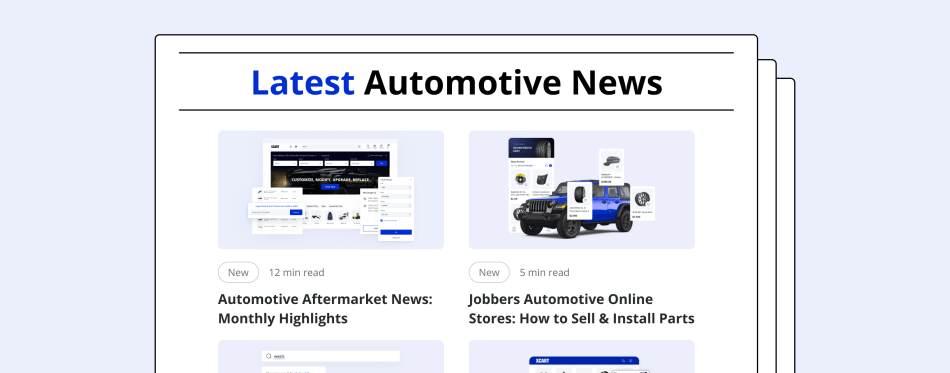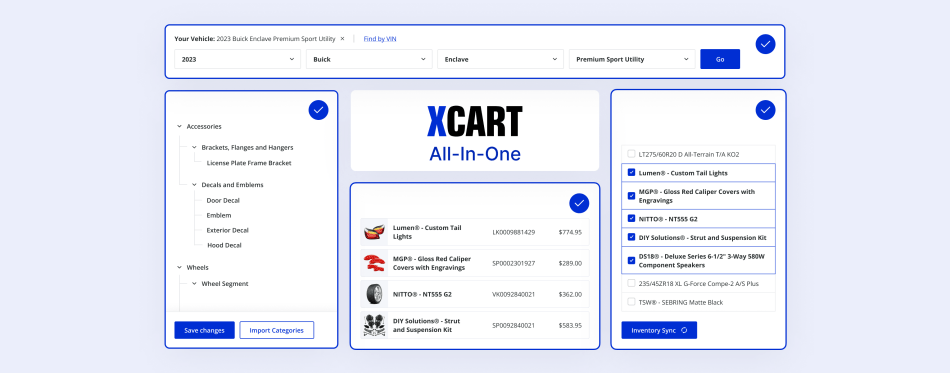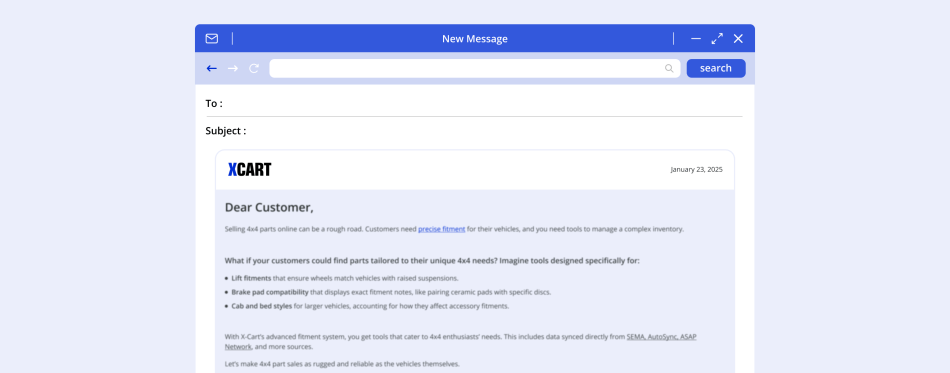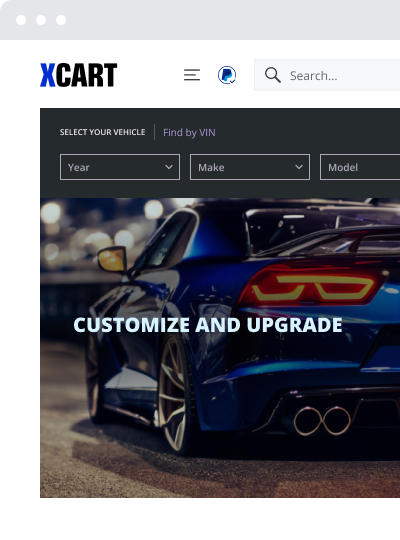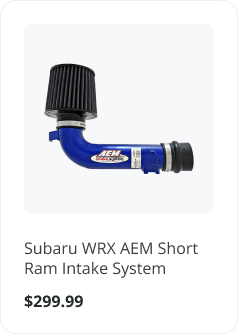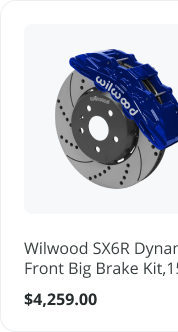Jobbers Automotive Online Stores: A Smarter Way to Serve DIFMers and Car Owners
Convenience is king, and nowhere is that more true than in the automotive space. People don’t just want to buy car parts online; they want help installing them, too. That’s why installation stores that sell car parts online are a profitable business model. These hybrid businesses offer both sales and hands-on service in one perfect automotive customer experience.
Let’s break down how jobbers, installation centers, and local auto part sellers can thrive backed by smart eCommerce solutions and solid supply chain partnerships.
Why Car Part Buyers Want More Than Just a Cart
The typical online shopper looking for wheels & tires, brake parts, or car accessories doesn’t always have the tools or time to install them. And while big box eCommerce giants move a lot of inventory, they don’t offer something smaller jobbers automotive stores can: a car part installation service right after purchase.
That means there’s a massive opportunity for automotive jobbers and local installation shops to dominate their niche by combining parts + labor under one roof.
And the numbers across industries back it up:
- 60% of customers owning a home say they’d choose an online retailer more often if installation were included.
- The automotive aftermarket parts in the US surpassed $350 billion, and one of the fastest-growing sales segments? Stores that offer both shipping and local installation scheduling.
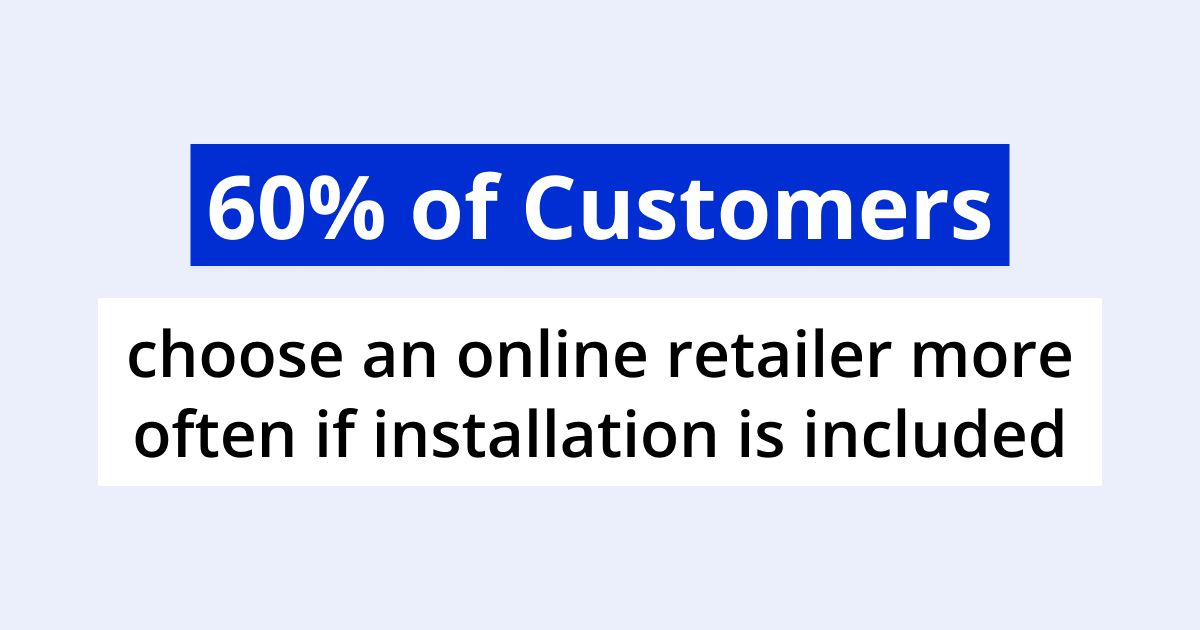
What Are Jobbers—and Why They’re Still Relevant in 2025
If you’re unfamiliar with the term, automotive jobbers are traditionally known as middlemen between warehouse distributors (WDs) and the final installer or end customer. Think of them as the local actors who make the right parts available quickly.
But once a clear middleman between WDs and repair shops, today’s jobber might also act as a retailer, installer, or even sell direct-to-consumer online. Today’s jobbers warehouse setups are evolving into powerful local hubs. They’re storage units and customer service centers, installation shops, and now, digital storefronts at the same time.
Thanks to platforms like X-Cart, these stores connect directly with online shoppers, sync inventory with distributors, and schedule installation appointments in one place.
How to Sell Car Parts Online AND Offer Installation
Running an installation store that sells auto parts online doesn’t mean reinventing your business. It just means upgrading your tools.
Here’s a simple roadmap:
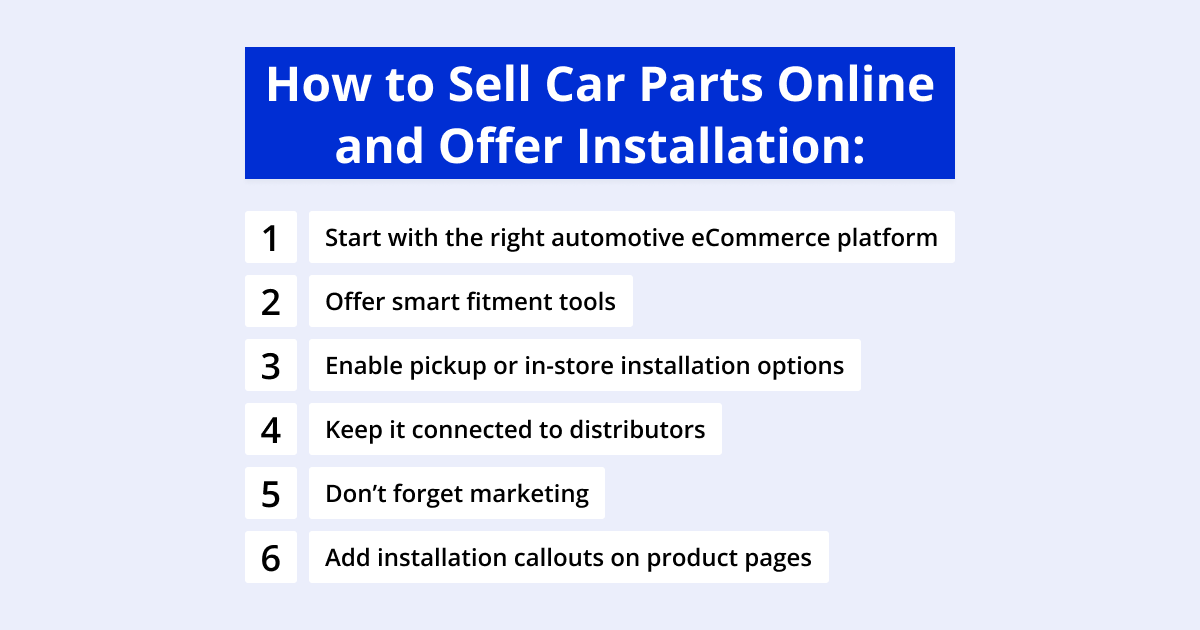
1. Start with the Right Automotive eCommerce Platform
You’ll need a website that understands auto parts, not just generic products. X-Cart, for instance, is designed specifically for aftermarket automotive sellers. It supports:
- Make/Model/Year filtering (so buyers find the right fit)
- Full automotive product data management synced with SEMA Data and other catalog providers
- Automated inventory and pricing updates to avoid stock-outs or overselling
2. Offer Smart Fitment Tools
Most customers don’t know the part number but know they drive a 2019 Ford F-150. With X-Cart’s built-in fitment tools and CloudSearch, they can select their vehicle and filter products that match. Thus, they will have less confusion, and you will save money and have fewer parts returns and more conversions.
3. Enable Pickup or In-Store Installation Options
Make it easy. After someone buys a set of wheels & tires, let them schedule installation right at checkout. Highlight your car part installation service with simple messaging like:
Order now, install this weekend—right at our repair shop!
X-Cart supports custom checkout flows, letting you promote services like:
- Local pickup
- Installation scheduling
- Product + service bundles
4. Keep It Connected to Distributors
You can integrate product data from sources like Turn14 Distribution, Keystone Automotive, and more, eliminating the need for spreadsheets and manual uploads. Instead, your product prices and stock auto-update together with accurate specs, photos, weights, and fitment info.
5. Don’t Forget Marketing
Email and other digital marketing tools still rule the road. Whether you’re sending maintenance tips, back-in-stock notices, or discount codes for oils and filters, email marketing for auto parts stores is how you keep the engine running.
You can use X-Cart’s built-in email tools or connect with Mailchimp, and promote seasonal deals or car accessory packages.
6. Add Installation Callouts on Product Pages
Use small but noticeable banners, buttons, or badges that say:
- “Need help installing? Find local installers here.”
- “Professional installation recommended — see options near you.”
- “DIFM-friendly: We install in under 30 minutes.”
You can also add icons or visual indicators for estimated install time, too.
Make Automotive Shopping (and Installing) Easy
In the past, buying car parts online was a gamble—would it fit? Could I install it? Today, thanks to platforms like X-Cart and smart integration with jobbers warehouse distributors, local auto repair stores can offer the confidence of Amazon with the hands-on care of a local mechanic.
By combining an intuitive website with in-person service, you’ll create a full-circle experience your customers will love and come back for.
So, whether you sell auto parts, brake parts, or wheels & tires, think beyond shipping. Think install. Think local. And think about how you can become your customers’ favorite go-to automotive jobbers, online and off.
Want to sell and install at the same time?
About the author

